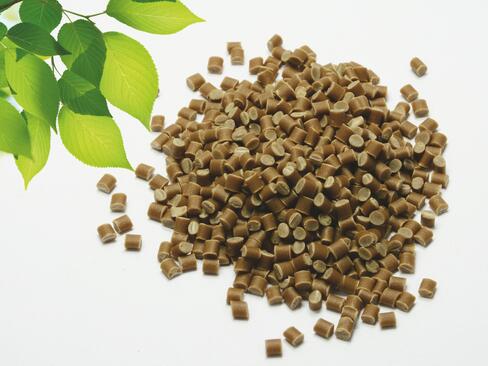
Polymer Composites with Renewable Resources
The Market for Wood Plastic Composites (WPC) is Soaring
Starting from a market size of $4.77 billion in 2019, the global wood plastic composite market is expecting huge growth rates in the future. Conservative researchers estimate a CAGR of 7% until 2026, while bolder forecasts project a CAGR of 11.5% until 2028.
If you ask different people, you get different answers. But one thing is sure, the path points steeply uphill. All sources also unite behind the fact, that WPCs are the fastest growing sector in plastic additives. Especially Europe, with its stringent regulations, but also the Asia-Pacific region are fueling a rapid development.
Product Range - From Small to Huge, from High Tech to Commodity
Various industries, like agriculture, building & construction, automotive and packaging have an increasing demand for more sustainable materials. WPCs are hybrid materials combining plastics with plant-based fibers. These composites are processed in direct extrusion, melt mixing, injection molding or thermo-forming. The usage of wood industry side streams and a growing range of biodegradable and bio based polymers reduce the environmental impact of WPCs. They not only provide a path to sustainability but also cost savings, tuning of mechanical properties and improved heat stability.
A wide array of applications like terrace decking, furniture, interior car door panels and kitchen accessories prove their effectiveness. Beside those established applications, wood plastic hybrid materials slowly conquer everyday products like pencils, toys and coffee capsules.
New technologies like additive manufacturing (3D printing) increasingly explore the use of wood-based composites for manufacturing of complex geometries, for example necessary in medical applications.
However, the recycling infrastructure of WPCs is not yet fully rolled out and needs the support of industrial and political stakeholders to evolve in the direction of circular economy.

Magnifying Glass on Polypropylene (pp) Wood Composites
Excellent chemical resistance and durability characterize the polyolefin polypropylene. Its composites are likewise comparably durable and exhibit higher modulus of elasticity and tensile strength than neat pp. However, this comes at the cost of elongation at break, indicating that pp composites are stiffer than neat polymer.
To get the best out of wood-pp composites, good fiber dispersion in the polymer matrix and adequate compatibilizers, like maleic anhydride, are crucial factors. It is always a challenge to improve adhesion between hydrophilic natural fibers and hydrophobic polyolefins.
The type and composition of the bio fiber are also determining variables for WPC quality, a task JRS continuously fulfills and further develops.
We have decades of experience in pp composite applications and can support you with questions around fiber expertise and processing steps. Feel free to contact us anytime!








